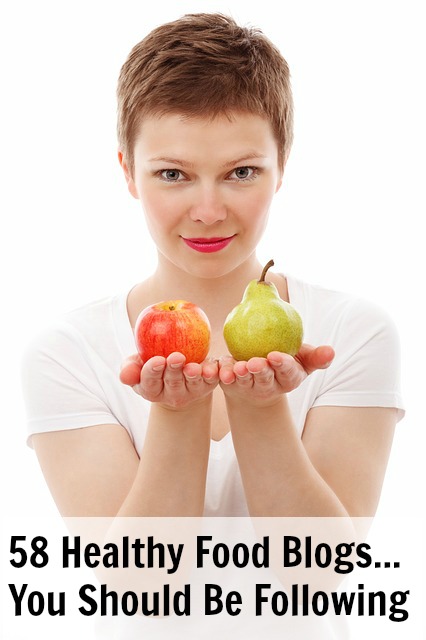 |
| Photo/momentcaptured |
Flavors are what makes eating so pleasurable. When I looked up flavor in The Free Dictionary thesaurus, it was described as the experience when a savoury condiment is taken into the mouth and the sensation that results when taste buds in the tongue and throat convey information about the chemical composition of a soluble stimulus; "the candy left him with a bad taste"; "the melon had a delicious taste". We sense taste on the tongue, and smell (aroma) in the nose, and it is delightful!
These are the five basic tastes as explained by Harold McGee, author of Keys to Good Cooking: A Guide to Making the Best of Foods and Recipes.
- Saltiness comes mainly from sodium chloride, in foods and added in the form of salt crystals.
- Sourness comes from acids of several kinds, especially citric and malic acids in fruits, acetic acid in vinegar, and lactic acid in fermented food such as yogurt and cheese, cured sausages, and sauerkraut.
- Sweetness comes mainly from various kinds of sugars found in plants and in milk. There are many different chemical sugars, all with names ending in -ose. Table-sugar sucrose is sweeter than corn-syrup clucose and milk-sugar lactose, but less sweet than honey's main sugar, fructose.
- Savoriness is the brothy, round, mouthfilling taste caused by monosodium glutamate (MSG) and a few other chemicals. It's strong in meat stocks, soy sauce, aged cheeses, mushrooms, and tomatoes.
- Bitterness is the characteristic taste of chemicals that some plants make to deter animals from eating them. It is strong in chicories, brussels sprouts, and mustard greens, and an essental part of coffee, tea, chocolate, and beer flavors. Added salt greatly diminishes bitterness.
Other aspects of flavor:
- Pungency and astringency: Pungency is the heat and bite of hot peppers, ginger, garlic, onion, mustard, wasabi, watercress, and arugula. Astringency is the drying, rough effect caused by tannins in strong black teas or red wine.
- 100's of aromas: Aromas are what makes foods individual and unique. All fruits have sweet and sour tastes, but only oranges smell like oranges.
- Aroma qualities: Foods may smell not just fruity, fishy, nutty, spicy, but also smoky, flowery, earthy.
- Aroma mixtures: Food aromas are a combination of several individual chemical notes; ripe banana has a note of clove, whereas coriander seed and ginger share a lemony not in their spiciness. Combining ingredients in cooking creats new aroma mixtures.
- Heat: Heat changes food flavors. Cooking gives meats and fish stronger flavors than they have when raw. Onions and garlic become milder, but cabbage becomes stronger. Cooking causes mustard greens to lose their pungency and gain bitterness.
- New flavors: Cooking can add new flavors to foods; frying in oil or fat creates a characteristic flavor from changes in the fat molecule.
- High or prolonged heat: High or prolonged heat creates "browned" flavors. When a food turns brown in the frying pan or oven, or on the grill, it is a sign that heat has caused flavorless proteins and carbohydrates to react together to formhundreds of taste and aroma molecules. Foods brown best when heat dries out their surfaces; browning reactions are most productive at temperatures above the boiling point of water.











